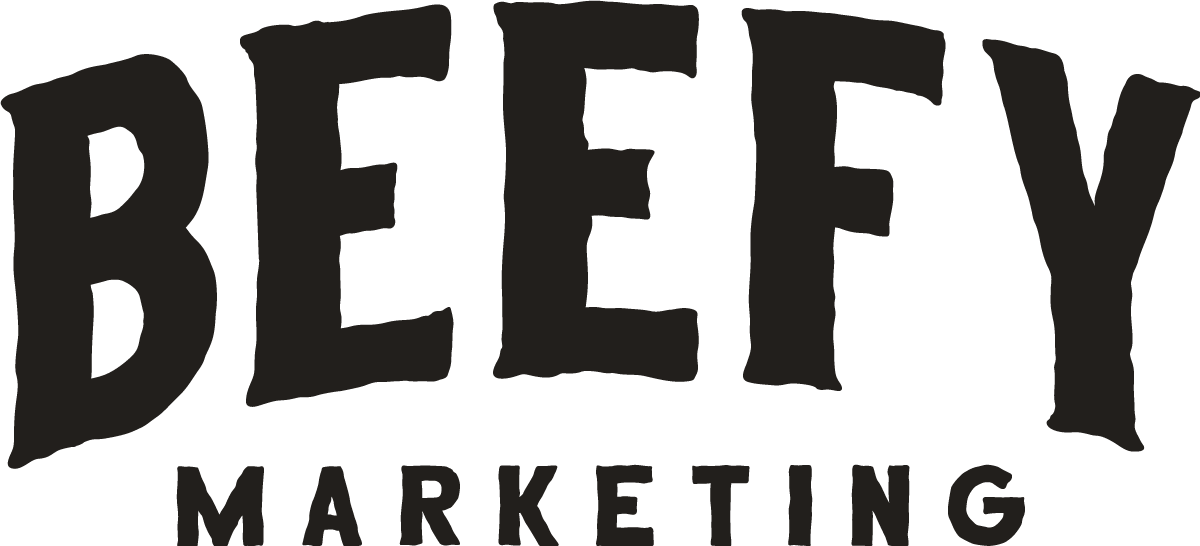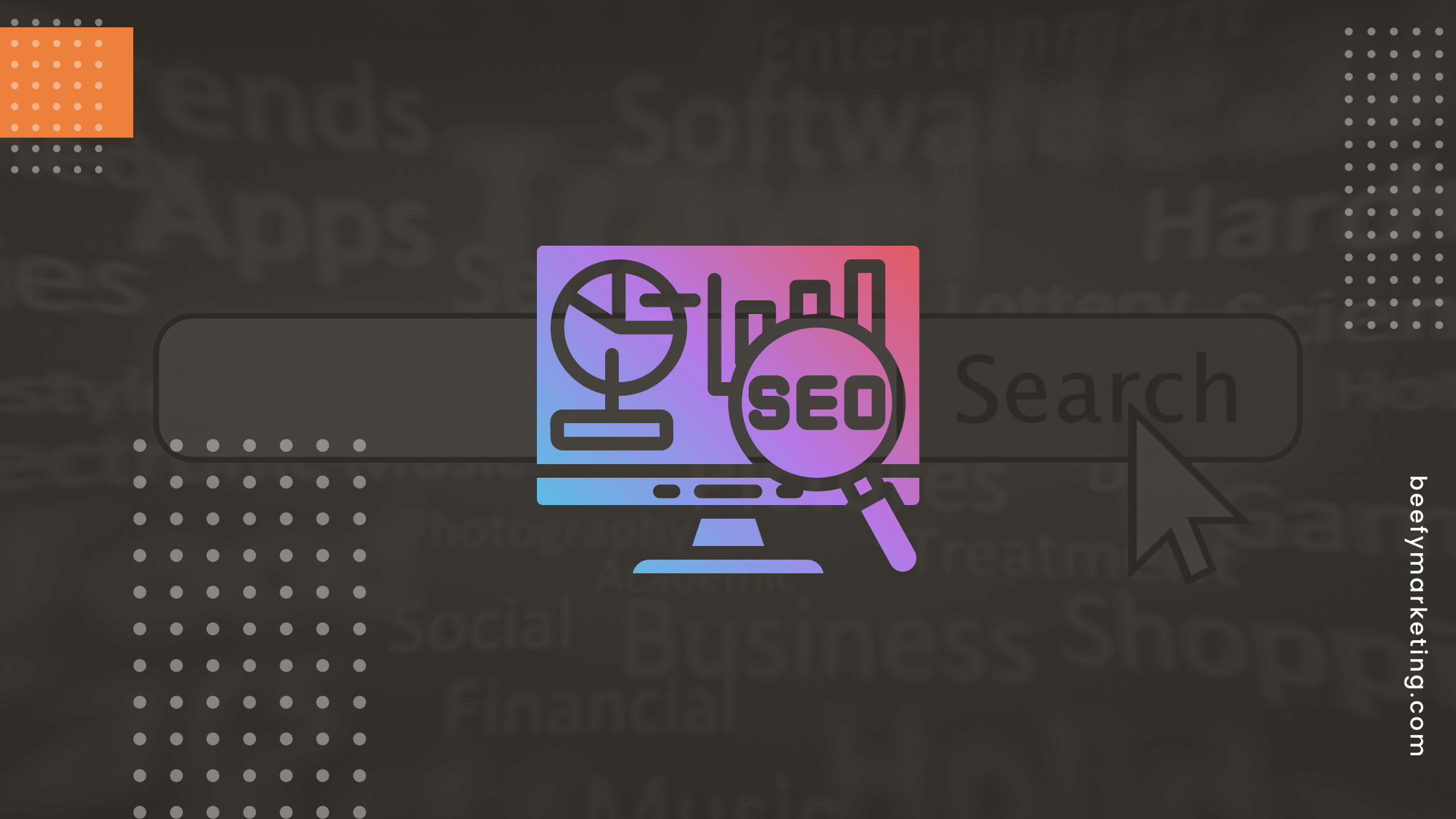In today’s digital age, having an official website is not enough to attract potential customers. Your website needs to be easily discoverable by search engines to stand out from the millions of other websites out there. This is where search engine optimization (SEO) comes in. By implementing SEO best practices, you can improve your business website’s visibility in search engine results pages and drive more traffic to your website.
Use Title and Header Tags
Title and header tags are essential SEO elements that help search engines understand the content of your website. A title tag is an HTML element that specifies the title of a webpage. It appears in the SERPs as a clickable link that takes users to your website. A header tag is an HTML element that defines headings and subheadings within your content.
It is essential to use descriptive and relevant title and header tags to optimize your website for search engines. Your title tag should accurately describe the content of your webpage and include your target keywords. Header tags should be used to structure your content and make it easier for search engines to understand.
Set the Meta Description
The meta description is a brief summary of your webpage that appears under the title tag in the SERPs. It is an opportunity to entice users to click through to your website by providing a concise and compelling description of your content.
To optimize your meta description, it should be at most 155 characters, include your target keywords, and accurately describe the content of your webpage. It should also be written in a way that encourages users to click through to your website.
Make URLs Human-Friendly
A URL is the address of your webpage. It is essential to make your URLs human-friendly as it helps users and search engines understand the content of your webpage. A human-friendly URL is easy to read and includes relevant keywords.
To optimize your URLs, they should be concise and descriptive, include your target keywords, and use hyphens to separate words. Avoid using special characters or underscores in your URLs, as they can make them difficult to read and understand.
Use Image ALT Attributes
Images are essential to web content as they help break up text and make it more engaging for users. However, search engines cannot read images, so it is essential to use image ALT attributes to describe the content of your photos.
An ALT attribute is an HTML attribute used to describe the content of an image. It should be concise, include your target keywords, and accurately describe the content of your image. ALT attributes not only help search engines understand the content of your images but also improve accessibility for users with visual impairments.
Final Thoughts
Implementing SEO best practices is crucial for any website looking to attract more traffic and potential customers. By using title and header tags, meta descriptions, human-friendly URLs, and image ALT attributes, you can make your website more discoverable by search engines and improve its visibility in search engine results pages. Remember, SEO is a continuous process, and it takes time to see results. But by following these best practices, you’re taking the first step towards a successful SEO strategy that will drive more traffic to your website and help you achieve your business goals.
Improve your SEO strategy with the help of Beefy Marketing. We are SEO experts that can help you grow your business with fully managed marketing services, expert resources, and our community of been-there-done-that small business owners. We have the knowledge and skills to make your website stand out and get your small business on the first page of search engine results. Get in touch with us today!



